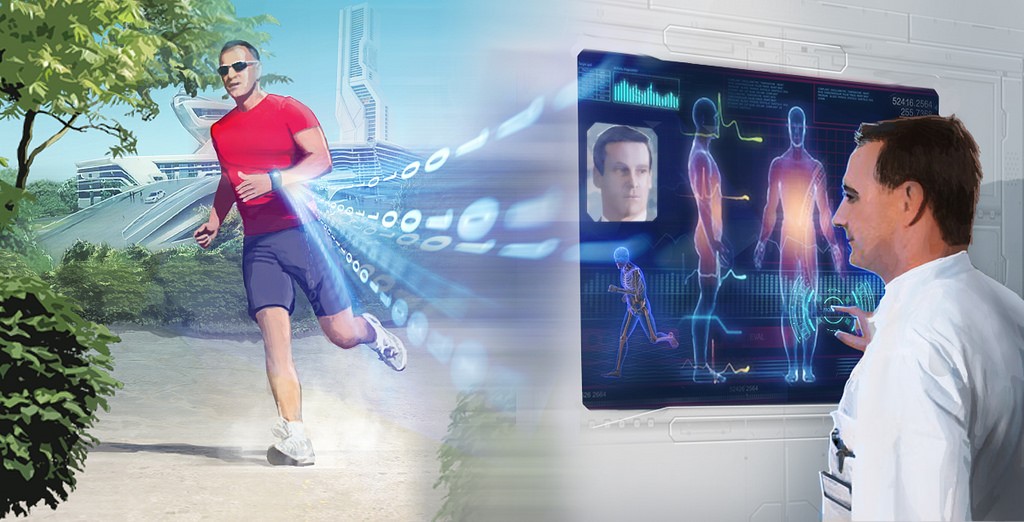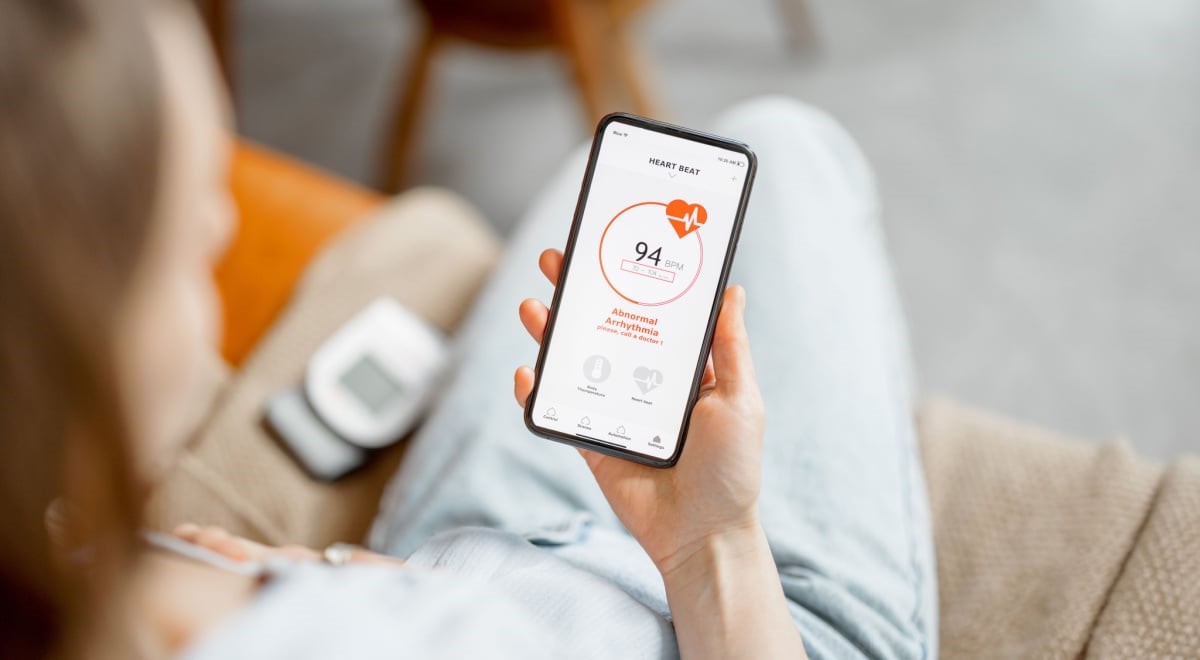In recent years, the integration of wearable health technology has brought about a transformative shift in the landscape of patient monitoring. Wearable devices, ranging from smartwatches to specialized medical sensors, are now at the forefront of healthcare innovation. These devices offer real-time data, personalized insights, and enhanced connectivity between patients and healthcare providers. As the adoption of wearable health tech continues to rise, its impact on patient monitoring becomes increasingly evident, promising improved outcomes, efficiency, and patient engagement.
The Evolution of Wearable Health Technology
Wearable health technology has come a long way since its inception. Early devices were limited to basic functions such as counting steps or monitoring heart rate. However, advancements in sensor technology, data analytics, and wireless communication have expanded the capabilities of these devices. Today, wearables can monitor a wide range of physiological parameters, including blood pressure, oxygen saturation, glucose levels, and even electrocardiograms (ECGs).
Real-Time Data Collection and Analysis
One of the most significant advantages of wearable health tech is its ability to collect and analyze data in real-time. Traditional patient monitoring methods often rely on periodic check-ups and manual data entry, which can lead to gaps in information and delayed responses to health issues. Wearable devices, on the other hand, continuously gather data, providing a comprehensive and up-to-date picture of a patient’s health status.
For instance, continuous glucose monitors (CGMs) allow diabetic patients to track their blood sugar levels throughout the day, enabling them to make informed decisions about their diet and insulin intake. Similarly, wearable ECG monitors can detect irregular heart rhythms and alert both the patient and their healthcare provider, facilitating timely intervention and potentially preventing serious cardiac events.
Personalized Healthcare and Patient Engagement
Wearable health tech empowers patients to take a more active role in managing their health. By providing personalized insights and recommendations based on real-time data, these devices encourage patients to make healthier lifestyle choices. This increased engagement can lead to better adherence to treatment plans and improved overall health outcomes.
Moreover, wearable devices can be integrated with mobile apps and online platforms, allowing patients to easily access their health data and share it with their healthcare providers. This seamless flow of information fosters a collaborative approach to healthcare, where patients and providers can work together to develop personalized care plans.

Remote Monitoring and Telehealth Integration
The COVID-19 pandemic has accelerated the adoption of telehealth services, highlighting the importance of remote patient monitoring. Wearable health tech plays a crucial role in this shift by enabling healthcare providers to monitor patients from a distance. This is particularly beneficial for individuals with chronic conditions, who require continuous monitoring but may face challenges in accessing in-person care.
Remote monitoring through wearables can reduce the need for frequent hospital visits, lowering healthcare costs and minimizing the risk of exposure to infectious diseases. Additionally, it allows healthcare providers to track patient progress more closely and make data-driven decisions, ultimately enhancing the quality of care.
Early Detection and Preventive Care
Wearable health tech has the potential to revolutionize preventive care by enabling early detection of health issues. By continuously monitoring vital signs and other physiological parameters, these devices can identify subtle changes that may indicate the onset of a medical condition. Early detection allows for timely intervention, which can prevent the progression of the disease and reduce the need for more intensive treatments.
For example, wearable devices equipped with advanced algorithms can detect early signs of atrial fibrillation (AFib), a common heart rhythm disorder that increases the risk of stroke. Early diagnosis and treatment of AFib can significantly reduce the likelihood of stroke and improve patient outcomes.
Challenges and Future Directions
While wearable health tech holds great promise, it is not without challenges. Data privacy and security are major concerns, as the continuous collection and transmission of health data can make these devices vulnerable to cyberattacks. Ensuring that patient data is protected and used responsibly is crucial to maintaining trust in wearable health technology.
Another challenge is the need for standardized protocols and interoperability between different devices and healthcare systems. Seamless integration of wearable data into electronic health records (EHRs) and other healthcare platforms is essential for maximizing the benefits of these technologies.
Looking ahead, the future of wearable health tech is likely to be shaped by advancements in artificial intelligence (AI) and machine learning. These technologies can enhance the accuracy and predictive capabilities of wearable devices, enabling more precise and personalized health monitoring. Additionally, the development of new sensors and materials may lead to the creation of even more sophisticated and unobtrusive wearables.
Conclusion
Wearable health technology is revolutionizing patient monitoring by providing real-time data, personalized insights, and enhanced connectivity between patients and healthcare providers. The continuous collection and analysis of health data enable early detection of medical conditions, improved patient engagement, and more efficient remote monitoring. While challenges such as data privacy and interoperability remain, the future of wearable health tech looks promising, with potential advancements in AI and sensor technology paving the way for even greater innovations. As the adoption of wearable devices continues to grow, their impact on patient monitoring and healthcare as a whole will undoubtedly become more profound, ushering in a new era of personalized and proactive healthcare.




